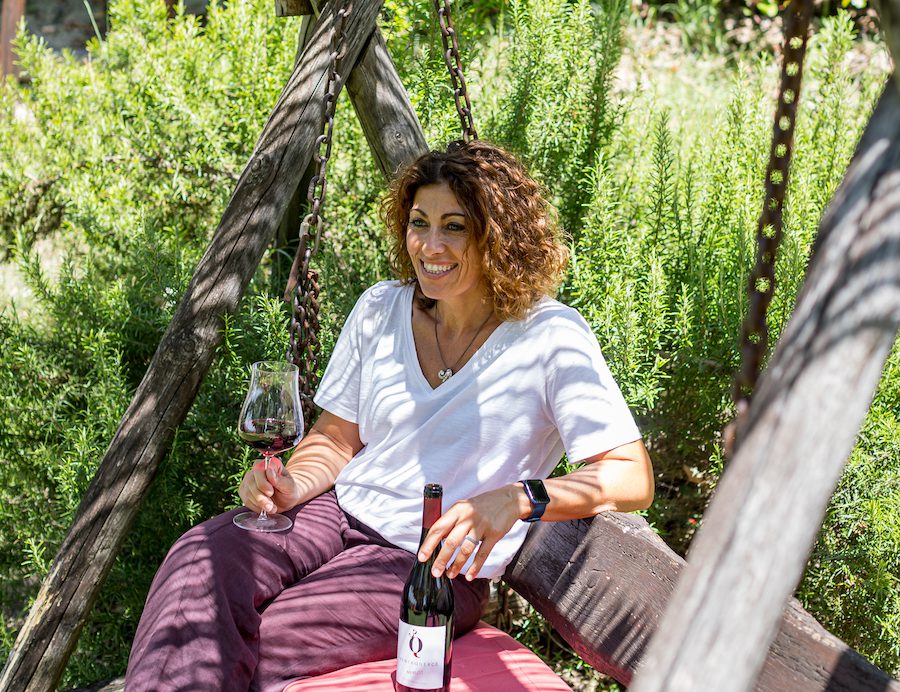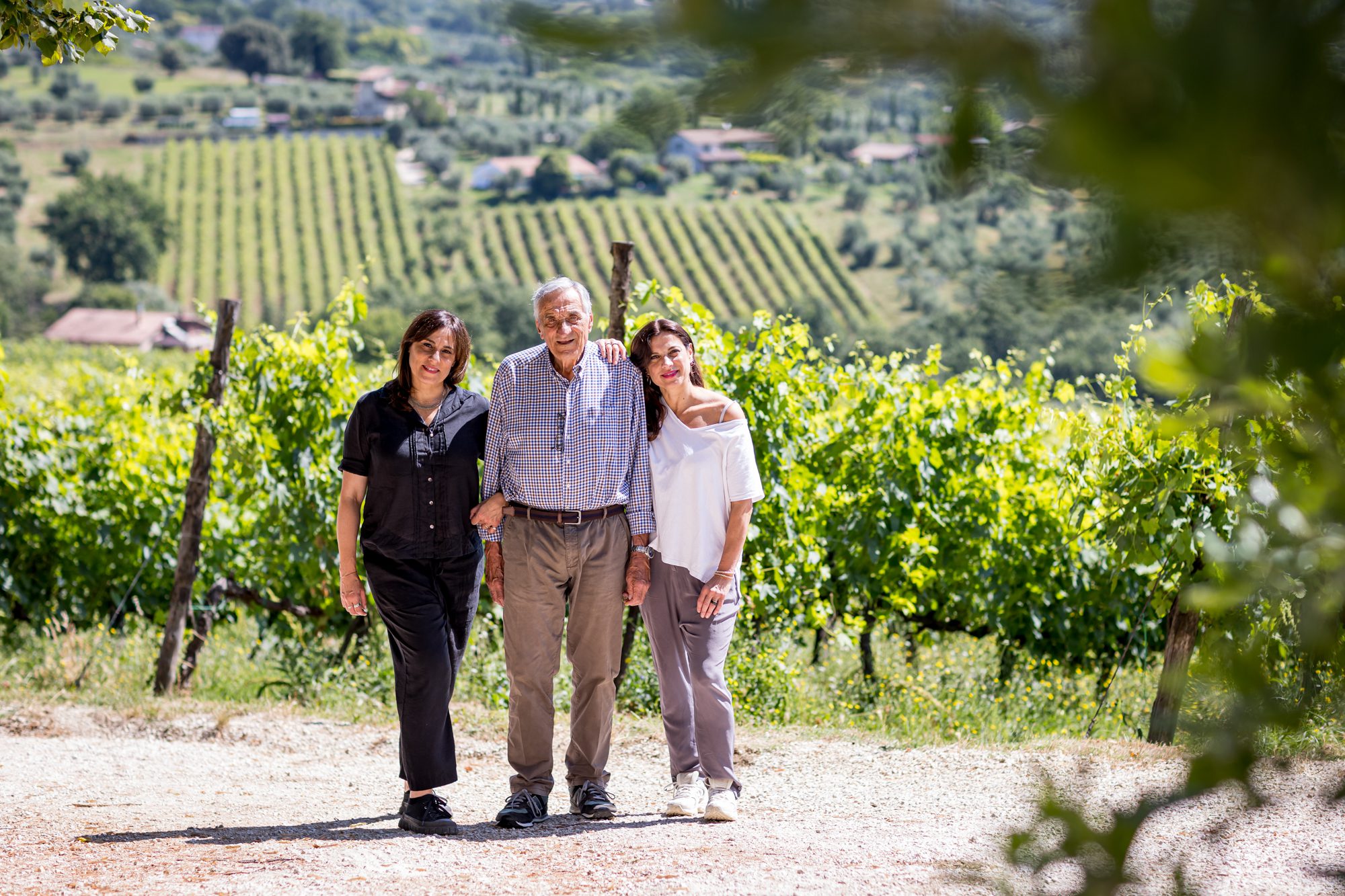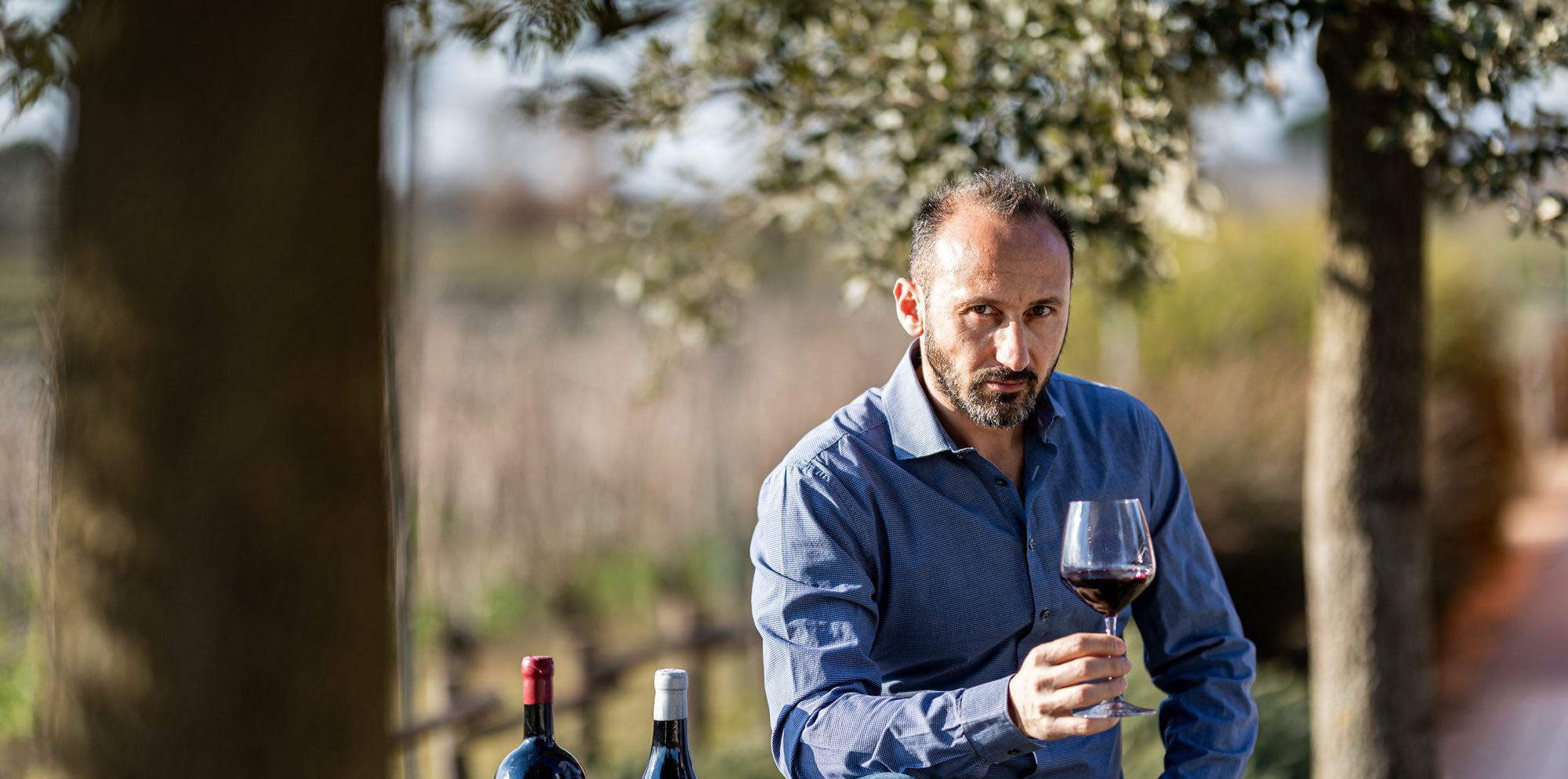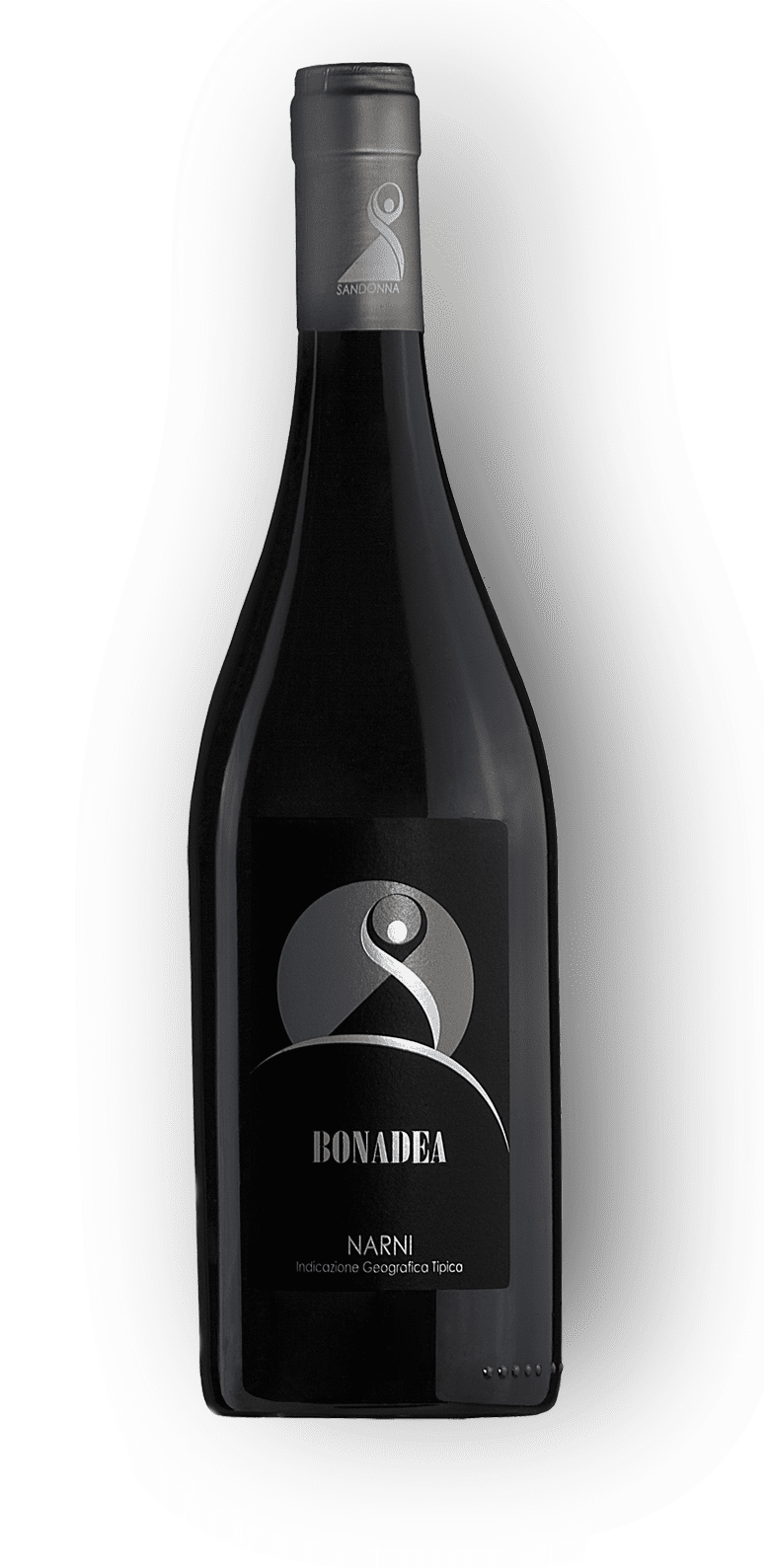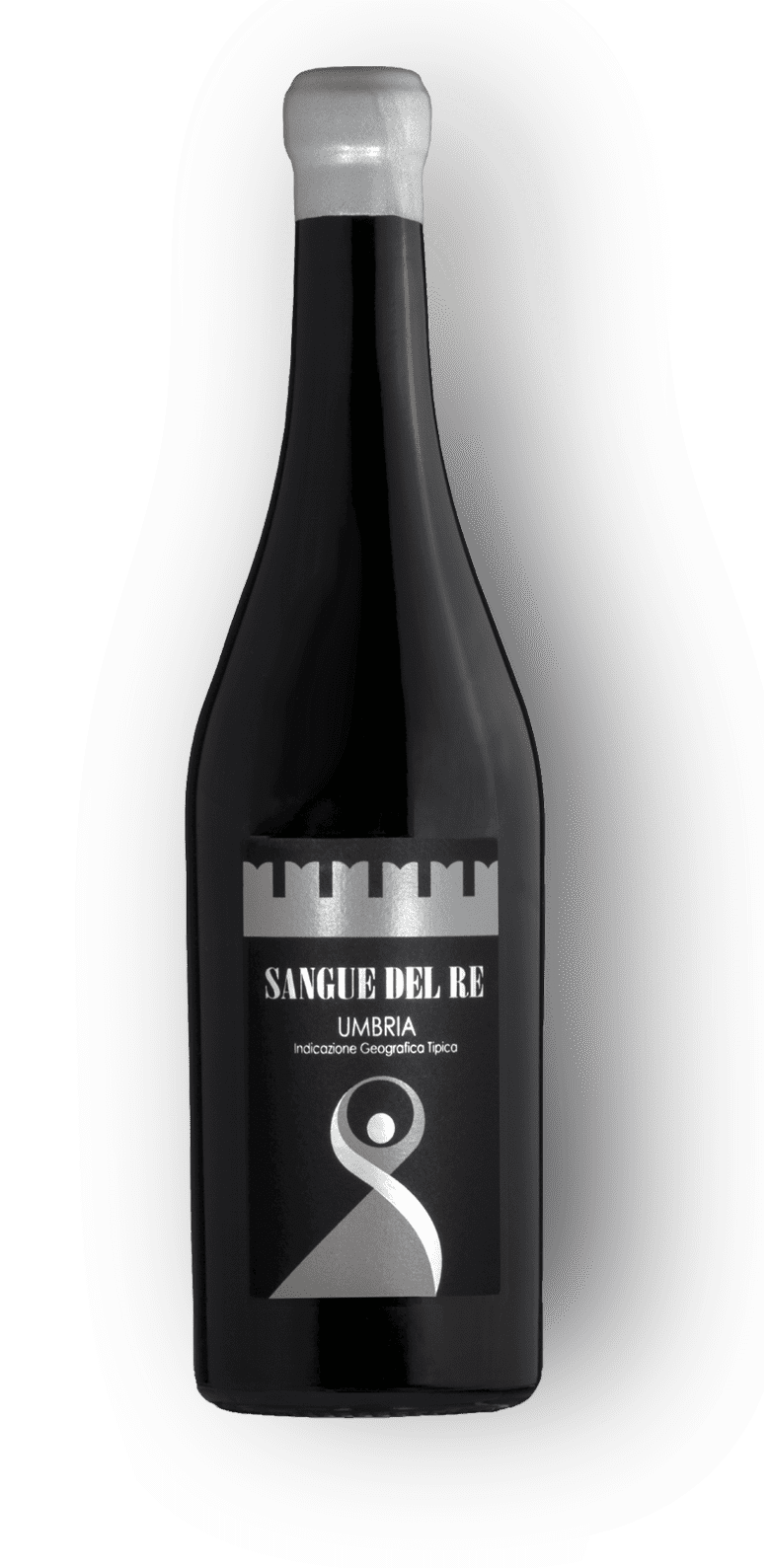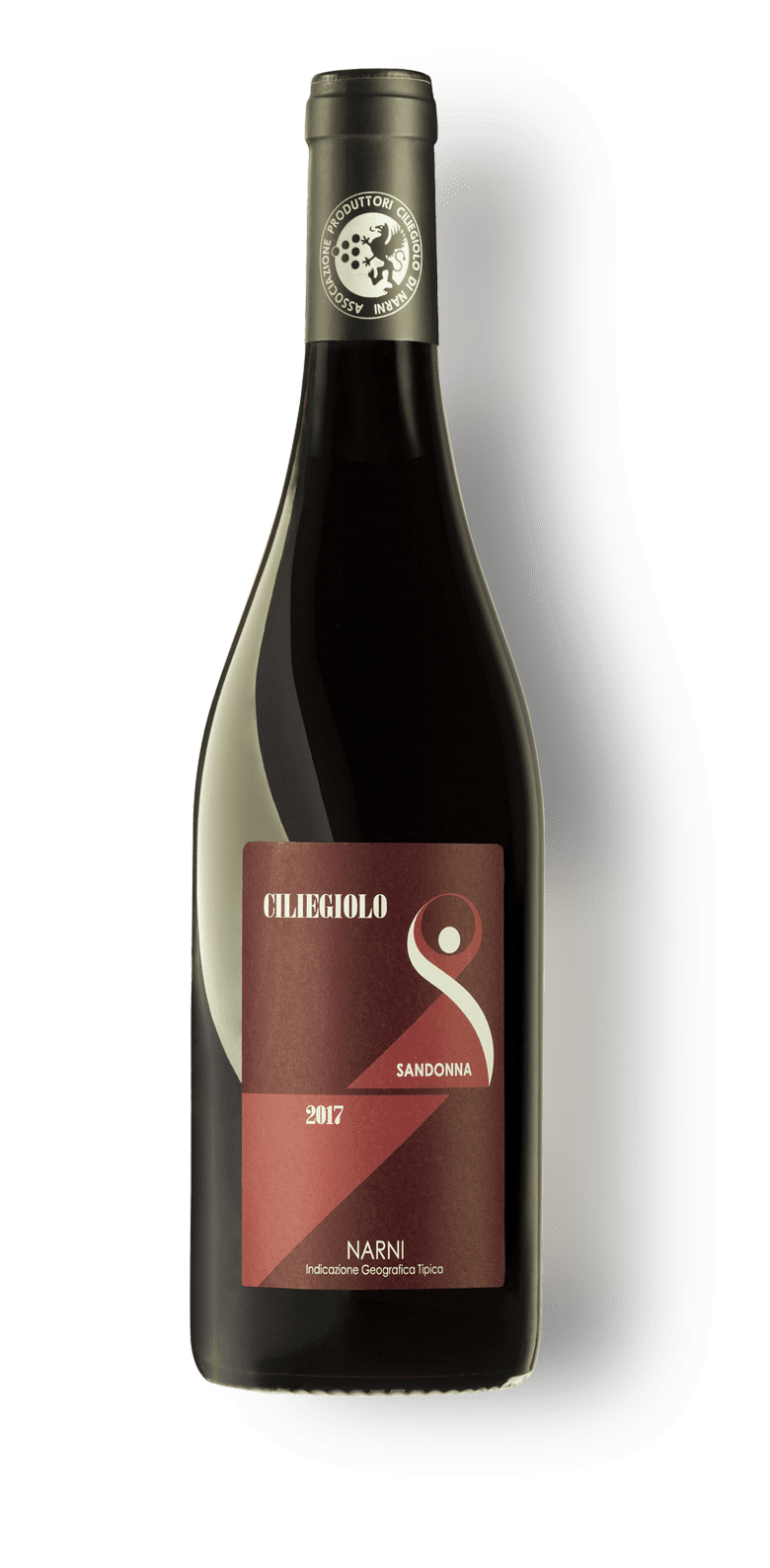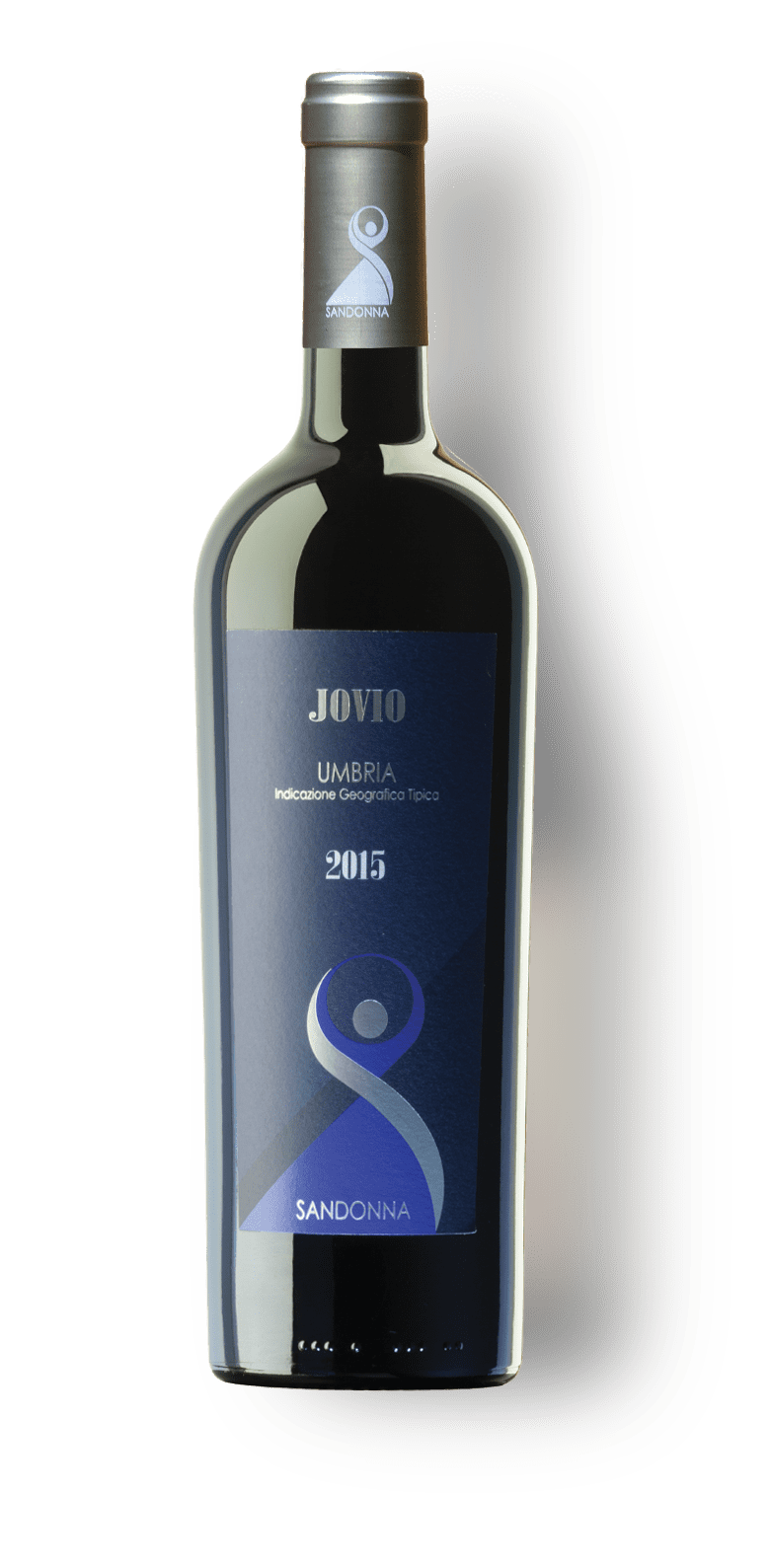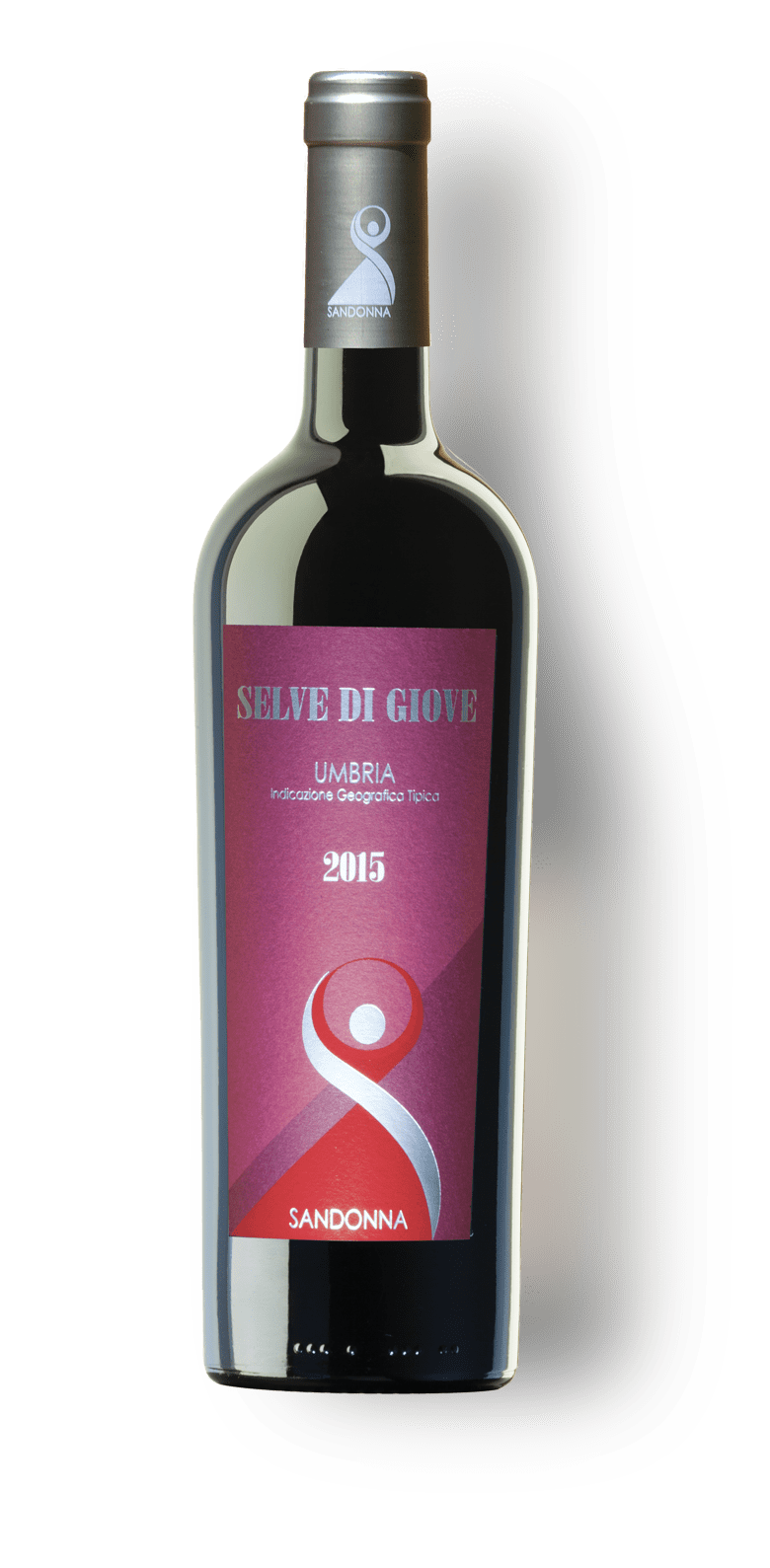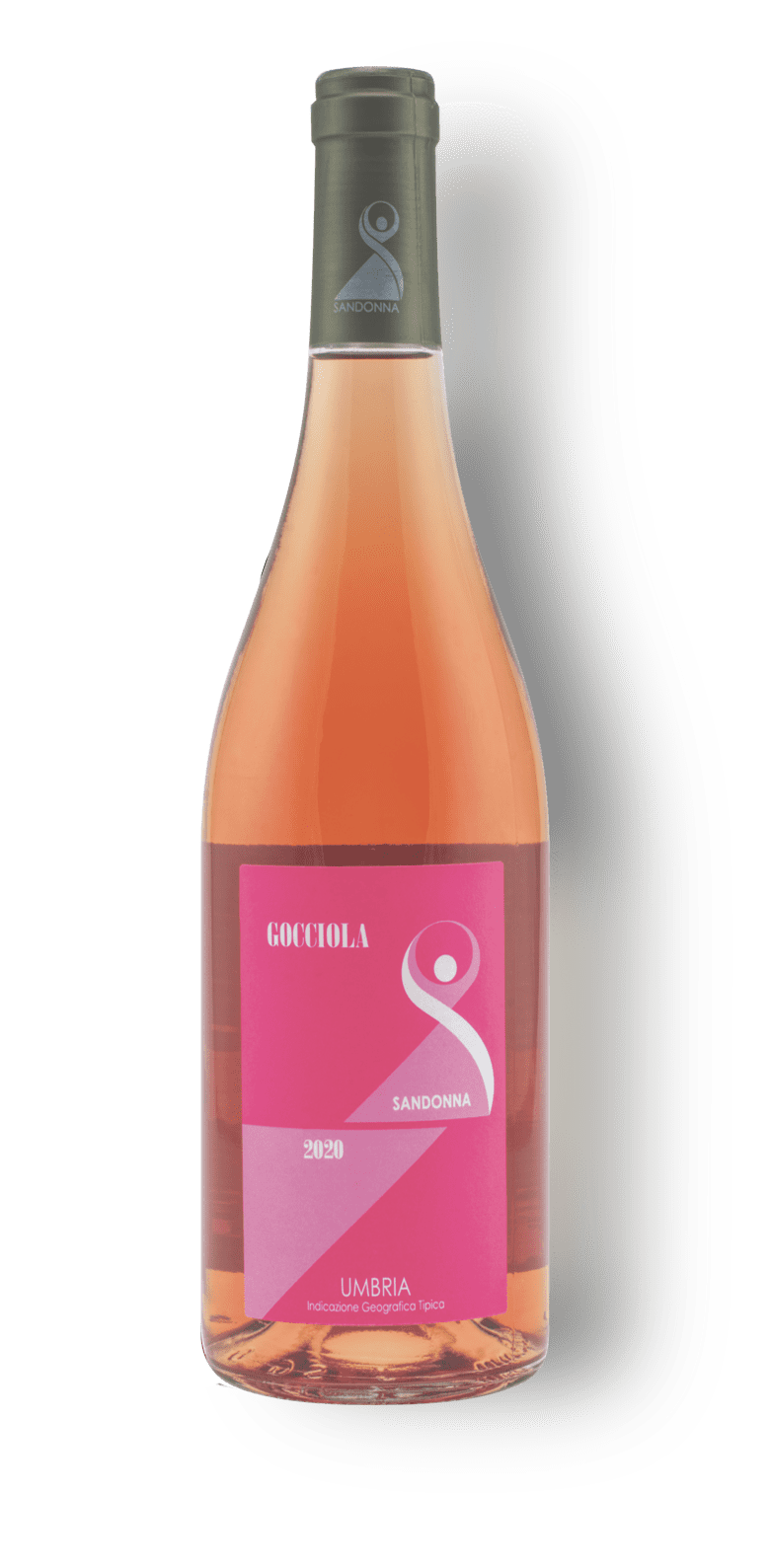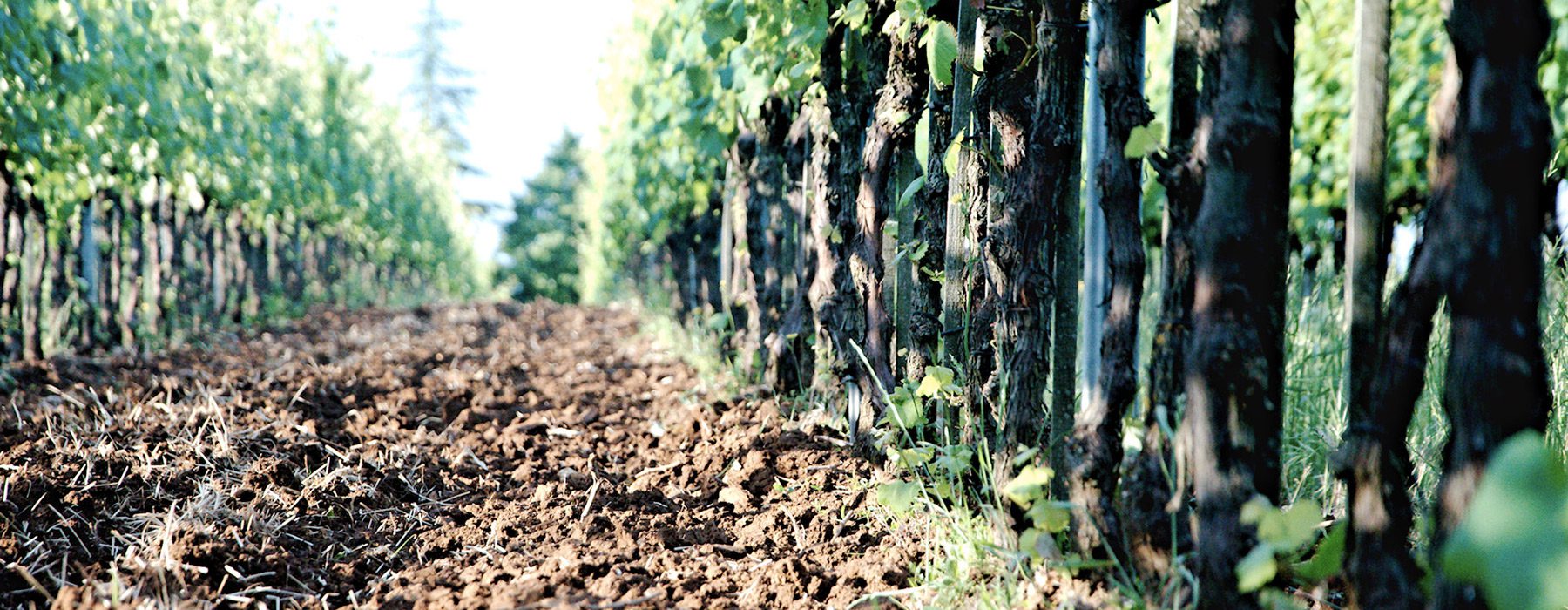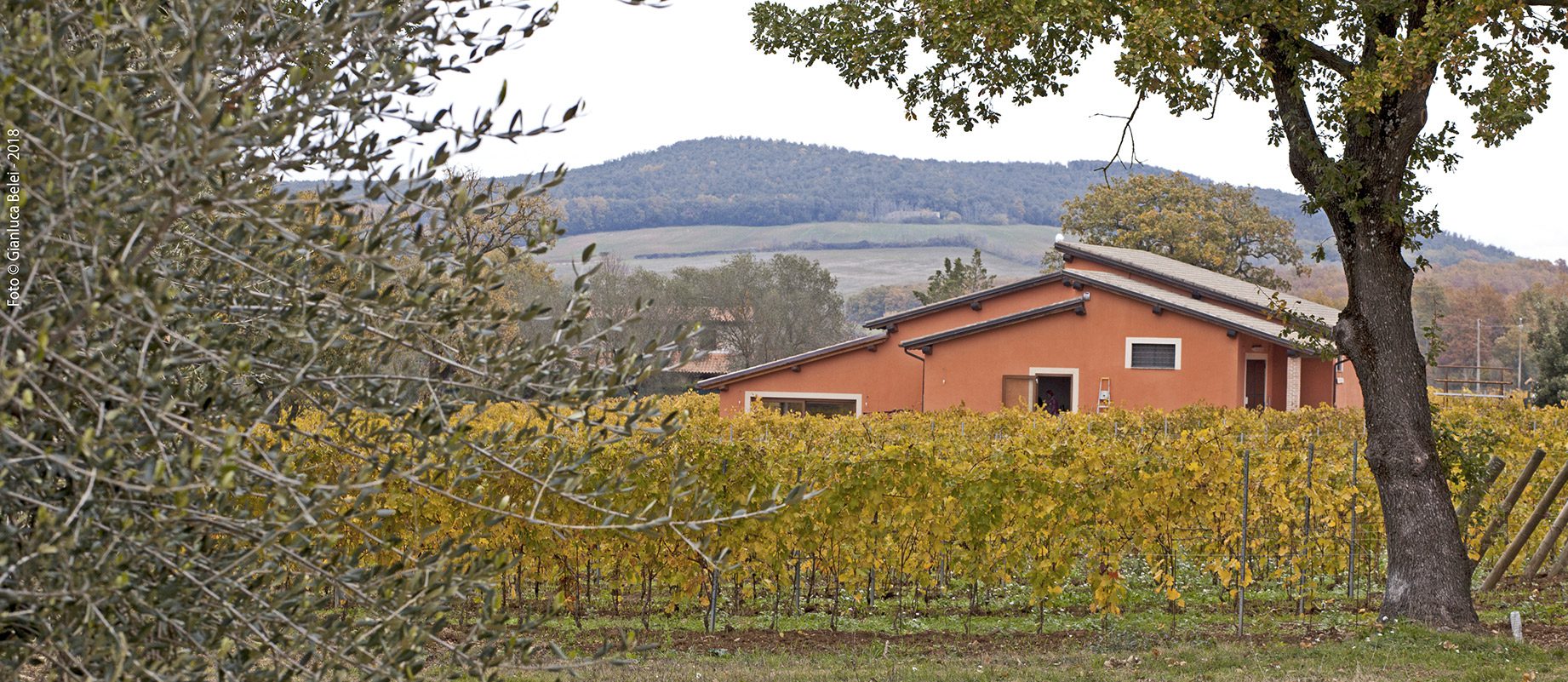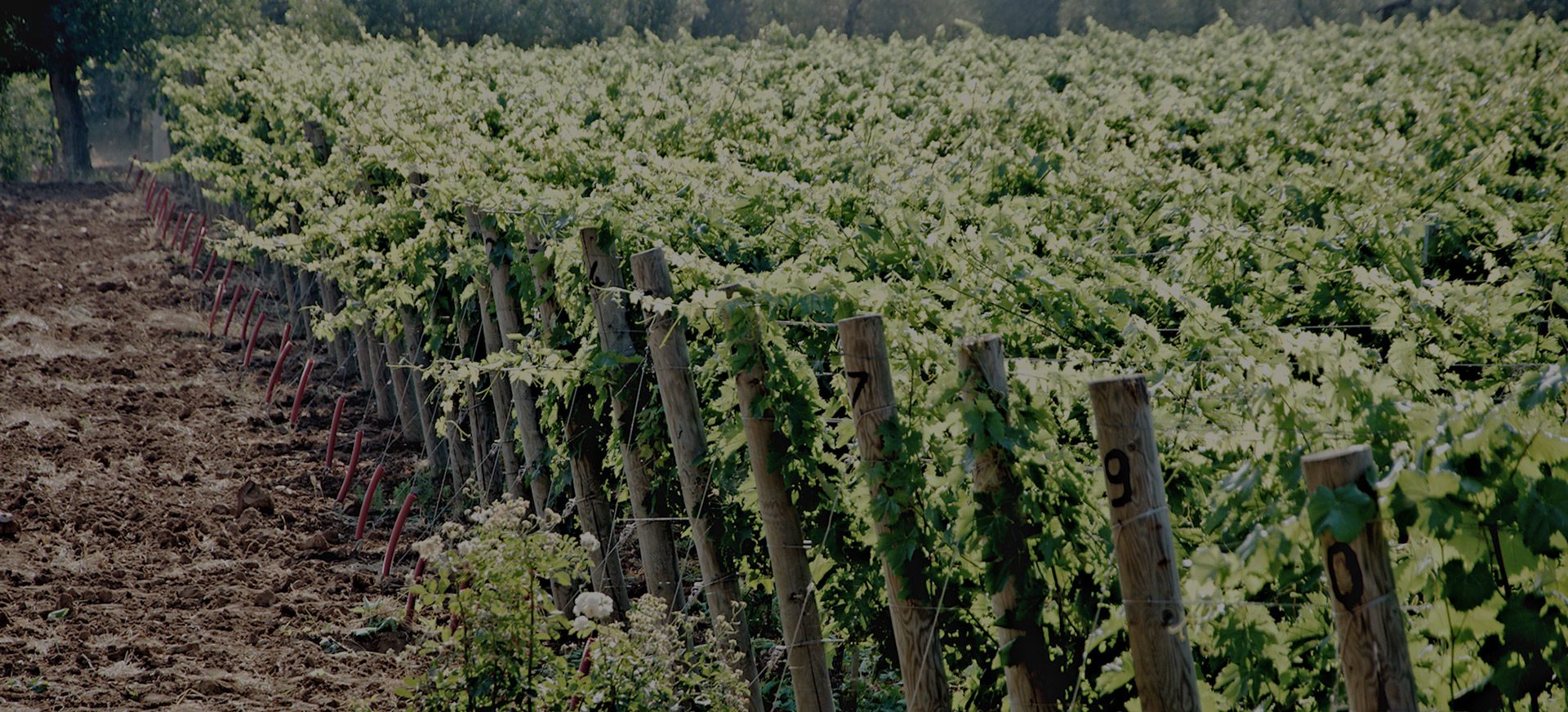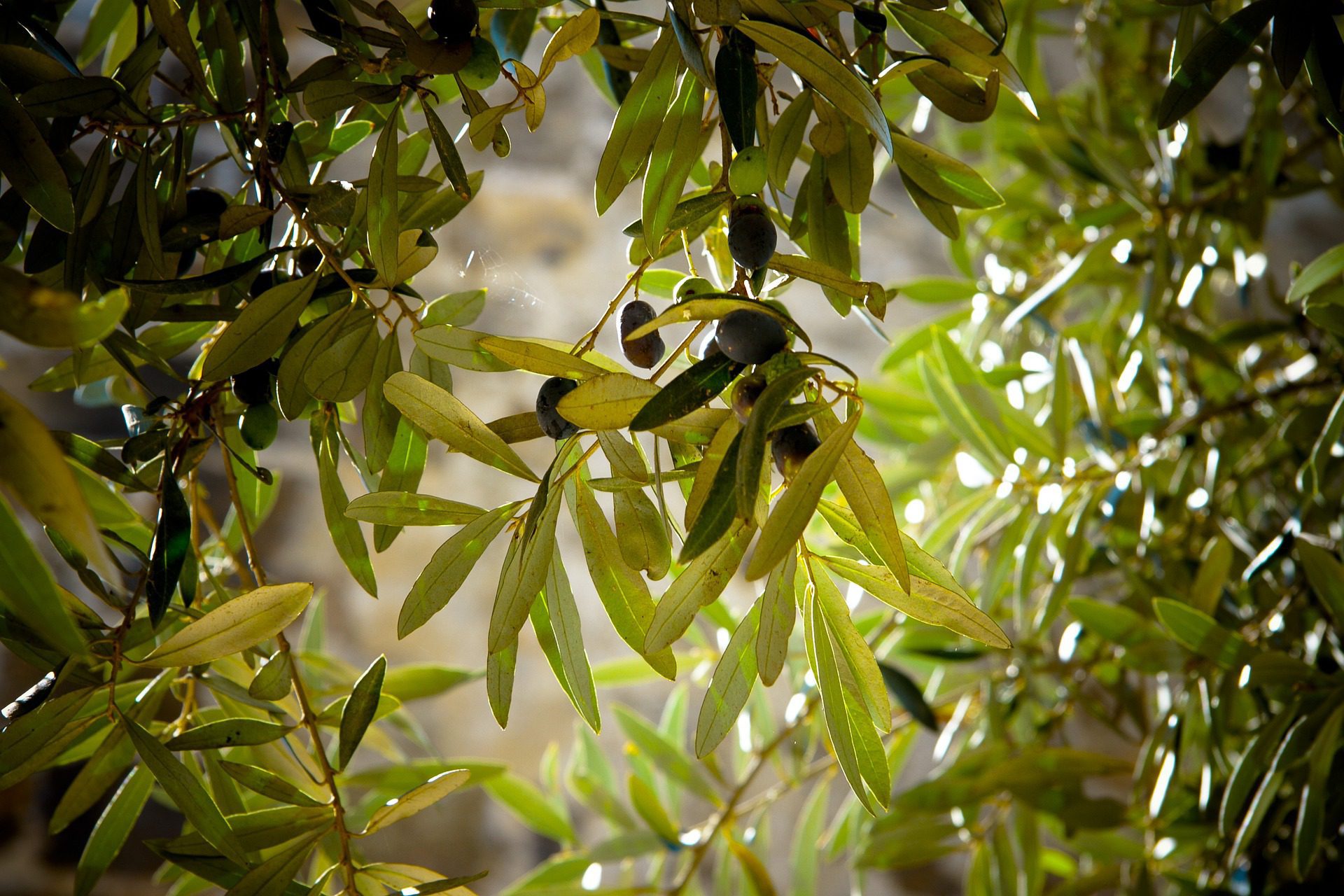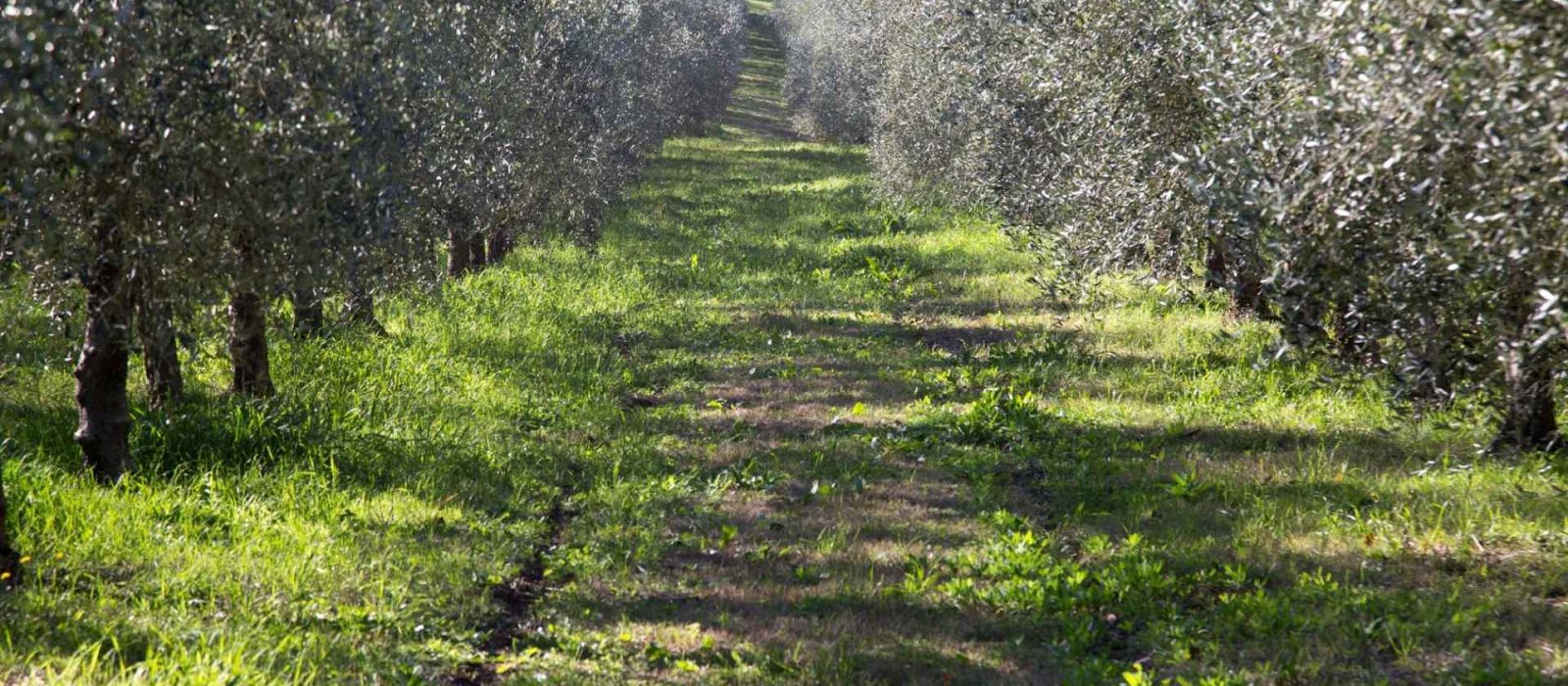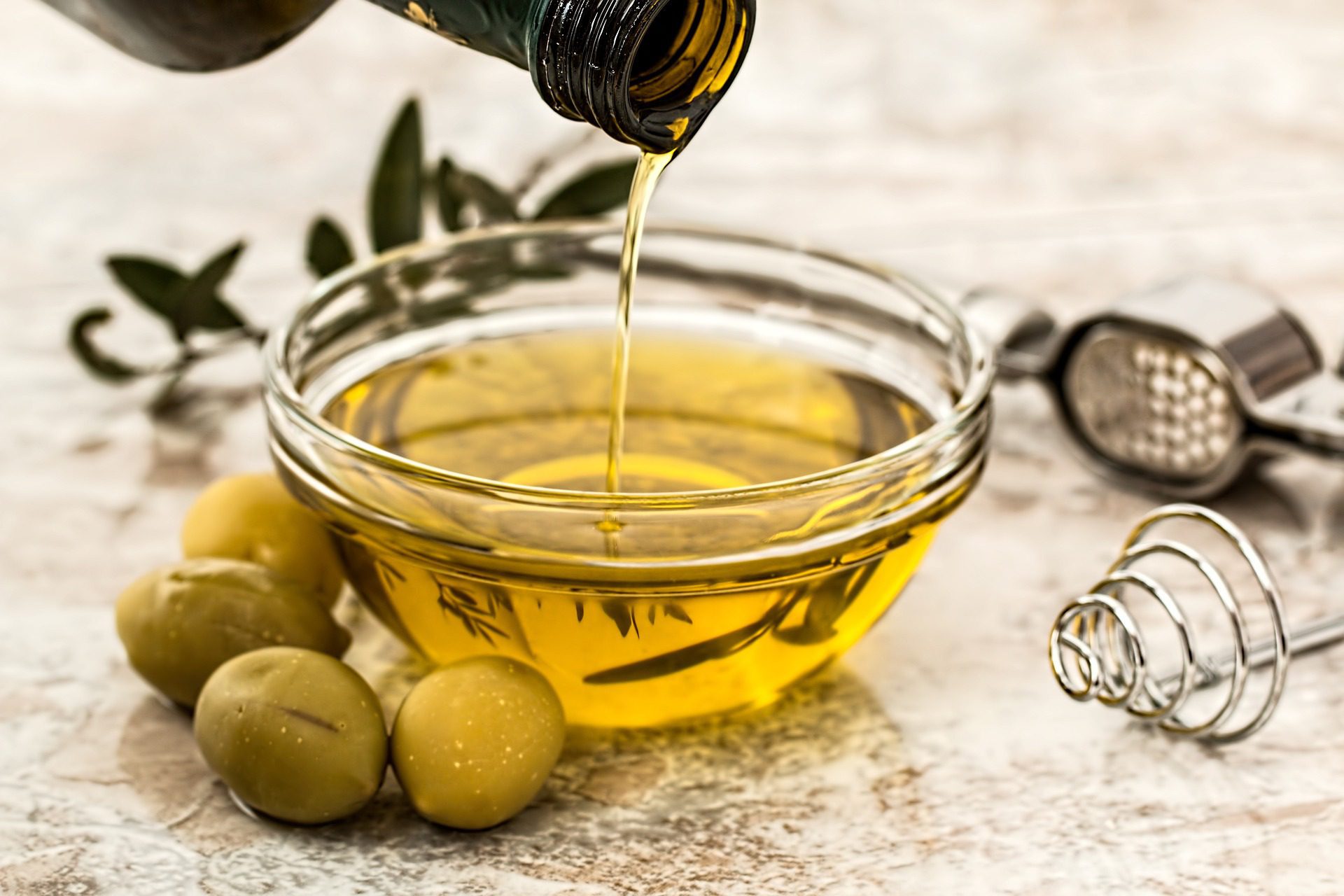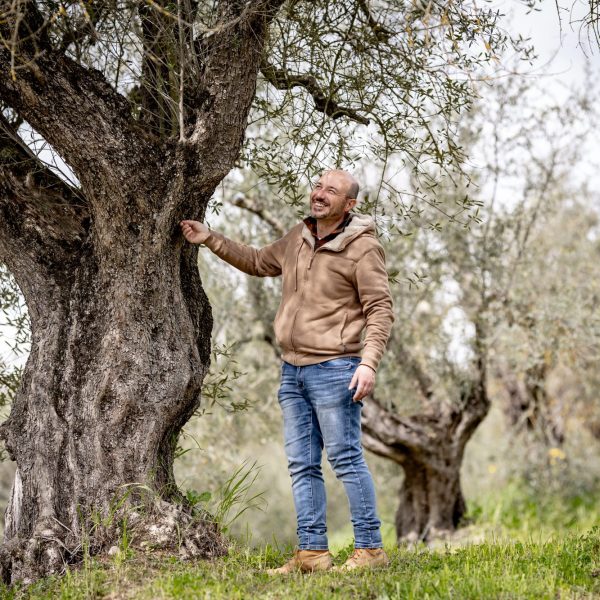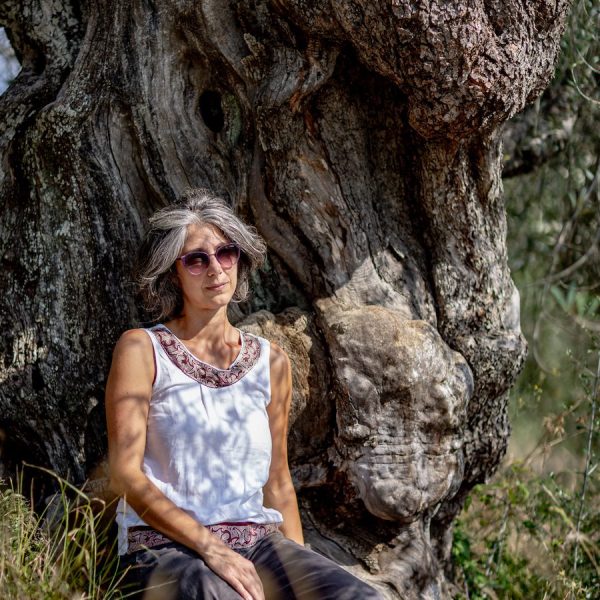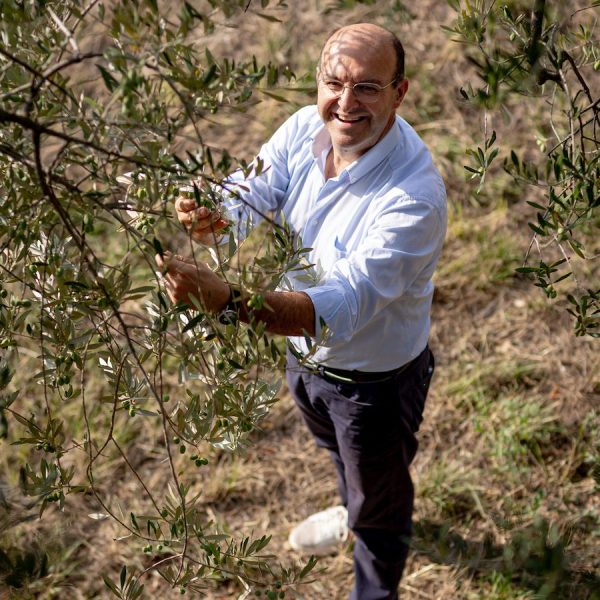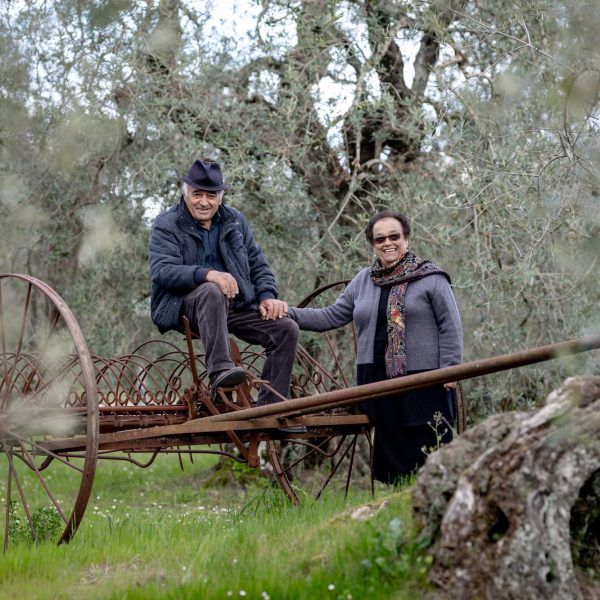EVO oil itinerary
Olive Oil Itinerary among the centuries-old olive trees of Ameria
Patriarchs on the Via Amerina
We go to Amelia, CittàSlow, rich in history, art and culture all “steeped in oil.” The history of this village, on the border between Latium and Umbria, tells of a life linked to the olive trees far back in the centuries. Just outside the beautiful historic center, in Montecampano, begins the search for rural history, that of the noble lords of the 15th century, that of landed estates and bishops, friars and the Church, a search that offers an unexpected reward: the centuries-old olive trees of Rajo.
An expanse of specimens of Rajo olive trees, estimated to be between 400 and 600 years old, and Moraiolo is among the most representative olive groves in the Amerino area, which is also home to centuries-old Moraiolo trees. The Slow Food Community of Rajo Oil Producers has recently been formed, which aims to protect and enhance this priceless heritage.
These large trees with flowing foliage and an imposing trunk circumference (the largest reaches 3.5 meters and 6 meters in height) are a silent and calm presence, they tell in a whisper the events that they have seen unfold around them over hundreds of years, they show the signs of time on their twisted trunks and among their branches, at the slightest caress they move their foliage and shake their small elongated and shiny leaves that hide juicy fruits capable of giving unique scents and flavors: these are the scents of oil and the precious taste of Rajo, a native cultivar that exists only here, in this territory that has protected it against war and frost for centuries.
Centuries-old specimens of Rajo are also visible in the area of Porchiano del Monte, Giove and Penna in Teverina.
Here the landscape is fascinating, contemplative and unspoiled, history and emotions enclosed in a concentration of centuries-old olive trees, humble plants that provide protection, warmth, sustenance and spirituality.
Lugnano in Teverina. Continuing in search of majestic, centuries-old olive trees that have survived wars, fires and natural disasters over the centuries, one arrives at Lugnano in Teverina, among the Most Beautiful Villages in Italy and the City of Oil. Here the fatal attraction for nature lovers and olive enthusiasts is the World Collection of Olive Trees “Olea Mundi,” a true naturalistic temple created in 2014 for the preservation and enhancement of a unique olive-growing heritage. A collection of more than 1,200 olive trees from 23 different olive-growing countries in the Mediterranean, the Middle East and new growing areas. All to represent 263 varieties from Italy and 128 from other nations including Chile and the United States D’America. These are not centuries-old olive trees, but these varieties have been around for centuries, and the beauty of seeing them all gathered in one place, walking among them, seeing the differently shaped and colored olives on each plant is a truly unique way to get to know them and appreciate the world’s wealth of olive biodiversity concentrated in this delightful Umbrian village.
Montecchio. We go in search of the monumental olive trees that moving away from Lugnano, north toward Baschi and Lake Corbara, become PDO Umbria Colli Orvietani. Continuing on the SS205 passing Alviano and its magnificent Castle and then Guardea where younger olive groves alternate with olive trees that, if they have not reached it, are approaching the century mark, one immediately realizes that one is literally surrounded by these evergreen trees with dense, gathered foliage, rich in elongated leaves, but different from those seen previously, these are greenish gray and medium-sized. The olive trees are no longer the centuries-old Rajo, the predominant variety now being the Moraiolo. A small suggestion is to follow the signs for Tenaglie, before arriving in Montecchio, to turn onto an internal road (part of the Silent Villages Trail) that skirts and parallels the state highway and passes by the pilgrim’s benches. Here you can stop with your car, get out and sit on one of these wooden chairs to experience at sunset a true moment of pure enchantment in which to enjoy the magical succession of colors and lights that accompany it: the entire valley widens toward the horizon, everything seems small and distant, even thoughts, and you can admire below the Oasis of Alviano, one of the largest of the WWF, a favorite destination for families and nature lovers. Behind it towers and envelops the lush ilex forest and below and to the sides the olive groves among which stand out a few specimens of centuries-old Frantoio and Moraiolo olive trees, recognizable by their large trunks (some have a circumference diameter of about 1 mt and reach 4 mt in height) and the unfailing signs of time that characterize them.
Upon arriving in Montecchio, the City of Olive Oil, which has about 1,600 inhabitants and is one of the Most Beautiful Villages in Italy, one immediately notices the predominance of olive trees in the town. Olive trees are decor and a founding part of the municipal architecture, from the square to the alleys of the village everything is adorned with olive trees, many are the photographic and literary testimonies that tell of the moments of harvesting and milling as early as the late 1800s (**) and around the Borgo there are about 2000 hectares of olive groves surrounding it. The symbol of Montecchio is the olive tree so much so that it stands out in the coat of arms of the municipality to symbolize the importance of this plant in the economy and life of the local and religious community far back in the centuries. The first oil mill is dated 1889 and was built by Modesto Scianca in Via del Teatro Vecchio along with two steam mills (**). On the hill that leads away from Montecchio toward Baschi here appear the Patriarchs of Moraiolo and Frantoio, plants that tell the story of ancient Rome and the Etruscans who inhabited these lands and who probably first knew the pleasures and benefits of olive oil. Majestic olive trees with the most curious sculptural forms and the strangest, most twisted circumference that stand out among their smaller, younger counterparts planted decades later. Here, in fact, the 1956 frost froze 70-80% of the olive trees and few were the plants that managed to survive but some are still there to testify to their history and greatness with specimens of Moraiolo and Frantoio trees estimated to be between 300 and 500 years old.
Oil mill tours and tastings along the path of the Amerine Patriarchs
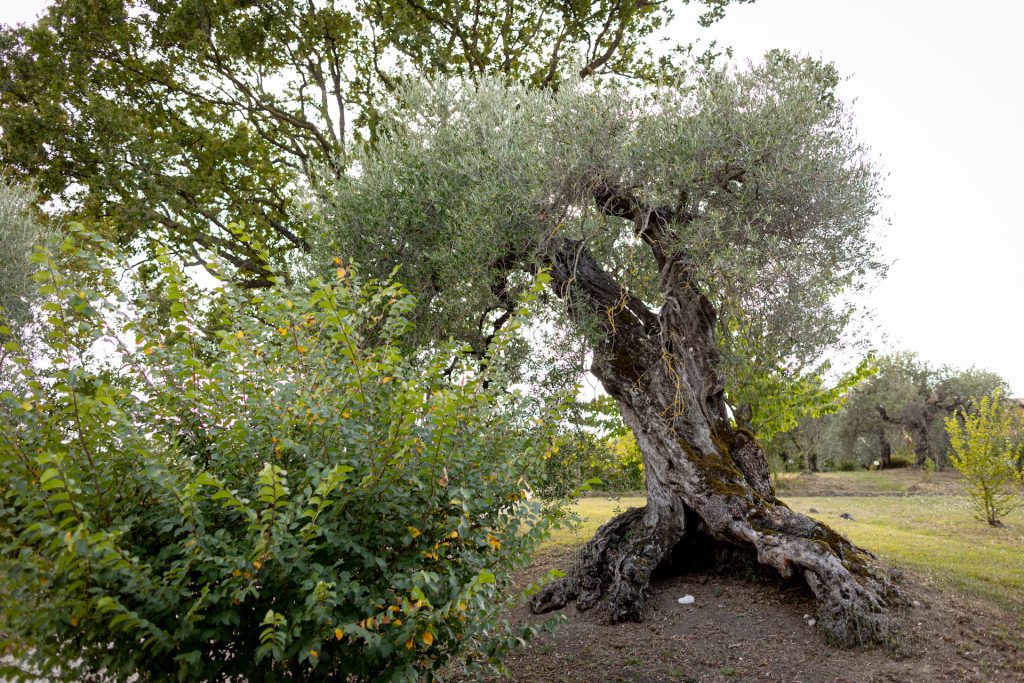
It starts in Amelia for a year-round visit to the olive mill, experiences in the historic centuries-old Amerini olive groves and tasting of extra virgin oil in the PDO Colli Amerini, Monocultivar Rajo and organic range that falls under the Umbria Colli Amerini PDO at the Suatoni Oil Mill which for three generations in a familiar and hospitable environment allows visitors to immerse themselves in the everyday life of olive oil processing, the true identity of the places and the love for a wealth that must be valued, preserved and protected. Visitors can also participate in the tasting school courses in the Rajo Hall, and learn about the various cultivars of the Umbria Colli Amerini PDO.
Continue north along SS205 and on the way to Fornole you can stop at the farmhouse and olive grove farm of Geltrude Contessa, a restored farmhouse that overlooks a valley all planted with olive trees where relaxation is assured in the pool surrounded by olive trees to enjoy the colors and light that illuminate the horizon and to learn more about the evo DOP Umbria Colli Amerini and Monocultivar Rajo olive oil produced by the company with a tasting of their Monocultivar Rajo.
The stretch of road between Amelia and Lugnano is dotted with possible detours in search of taste and pleasure for the palate. Typical of this area is the combination of oil and truffle. For lovers of this hypogeous mushroom, a great experience is the one offered by the Brina Truffles. The invitation is to try your hand at searching for them with studied and organized routes and with tastings of excellent food and extra virgin olive oil based on truffles that help to know and discover their peculiarities.
Between Porchiano and Lugnano, to enjoy peace, quiet, silence and relaxation, far from chaos and in contact with nature, you can stop at theValentine’s Day Farmhouse
where attention to healthy eating and passion for cultivation, combined with a love of sharing and hospitality are a prerogative of Giuditta Marsili oil taster, educational worker and exceptional ambassador of her territory who offers cooking classes and makes her guests, young and old, live experiences related to the world of oil as sensory tastings of the Bio Monocultivar Rajo. Because of its location, the agriturismo has become a reference point for those who want to get to know an unexplored part of Umbria and is the perfect base for excursions in search of the Patriarchs of the Amerino of Rajo and Moraiolo.
To learn more and be told anecdotes and stories related to the culture of extra virgin olive oil from Montecchio, but above all to taste the range of Monovaietari oils from the PDO Umbria Colli Orvietani area, a stop at the Ricci Oil Mill where during the harvest, in the months of October through December, visits to the olive mill can be made to watch the pressing, taste the oil and experience the beautiful experience of a walk through the olive grove.
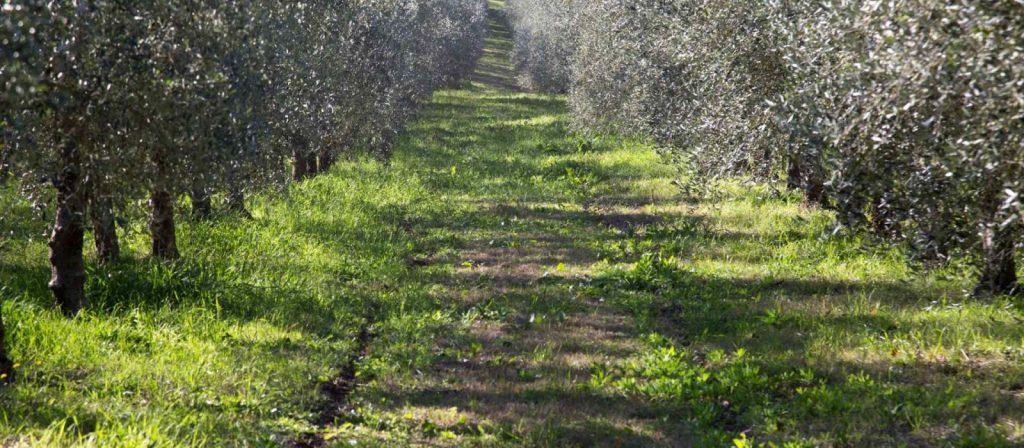
I prodotti
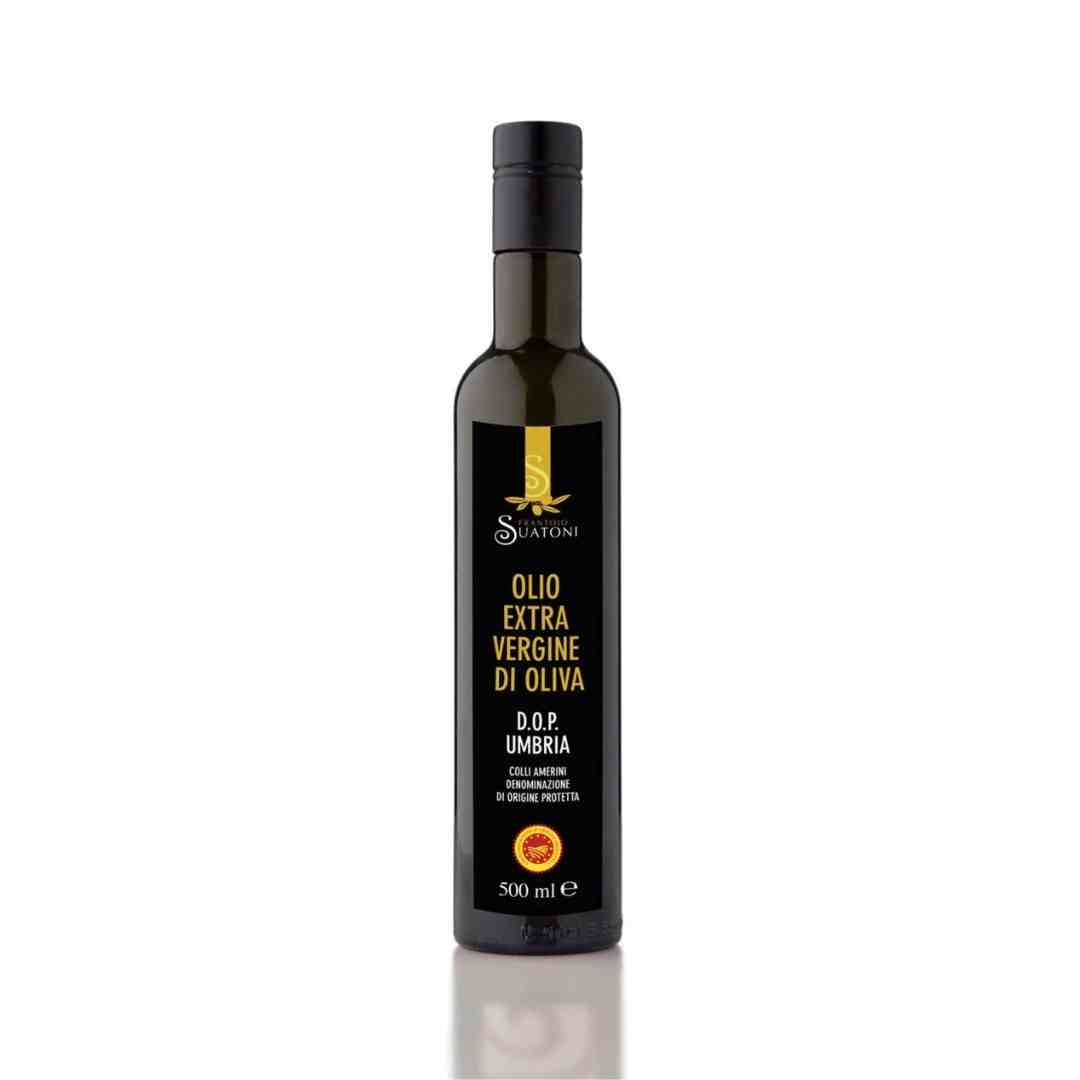
Olio DOP Umbria Colli Amerini Bottiglia 0,5 LT
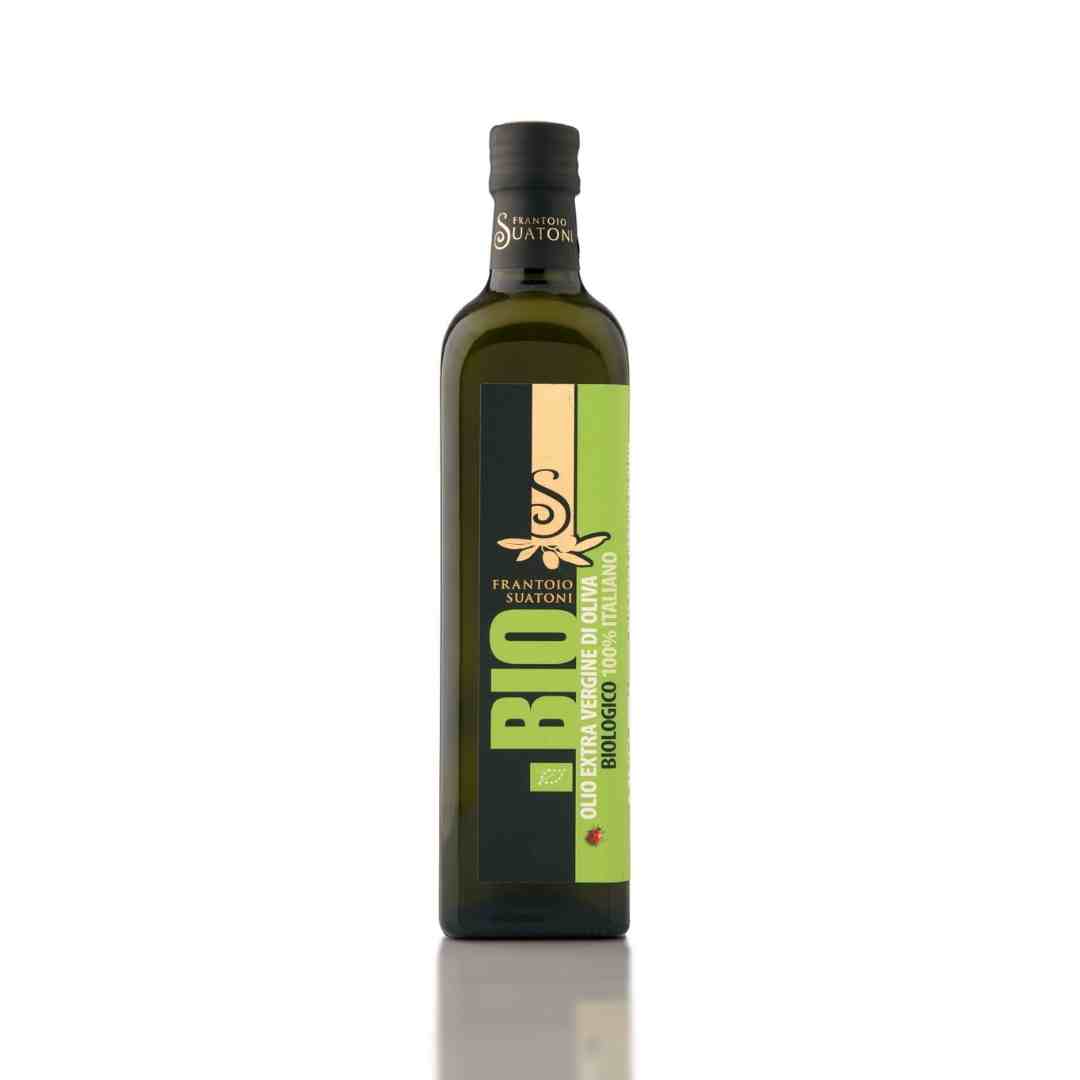
Olio EVO Bio Bottiglia 0,75 LT
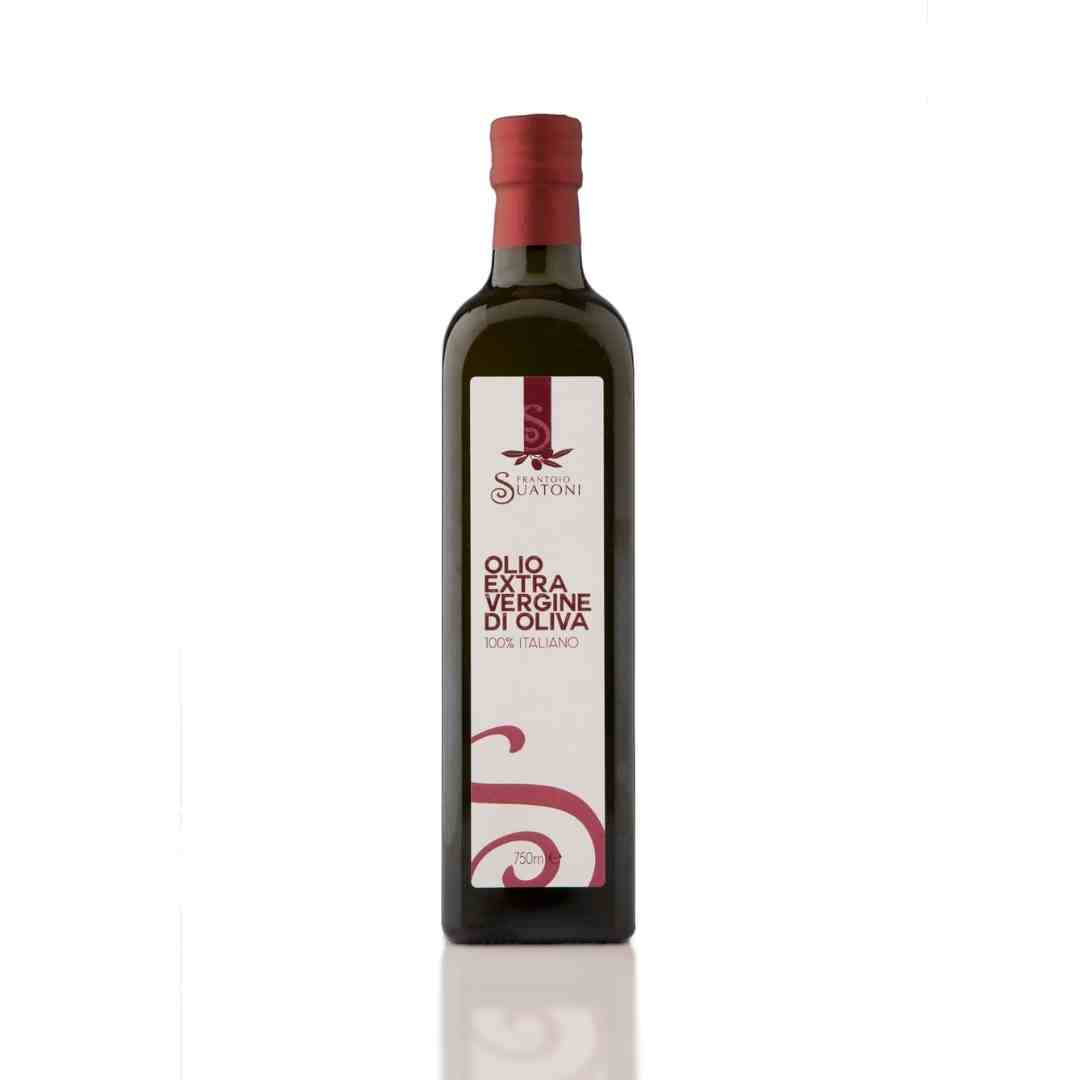
Olio EVO italiano Bottiglia 0,75 LT
I prodotti
The olive trees of the Amerino territory among history, faith, art and tradition
The olive tree, a centuries-old, evergreen tree that symbolizes the vigor and eternal renewal of nature is present in the decoration, consisting of lush olive branches knotted in the center, of the Relief with Protomes of Aries and Olive Trees found in 2012 and dated to the early imperial age (1st cent. A.D.), preserved at the Edilberto Rosa Archaeological Museum and Art Gallery in Amelia, a city worth visiting to admire its Cyclopean walls, Roman cisterns, Renaissance palaces and the beauty of its many churches. Rich in land planted with olive trees were precisely the women’s monasteries in the area to enter which young girls had to bring a dowry, and the families of origin often resorted to giving away a piece of land planted with olive trees. Several olive groves were in fact owned by the Monastery of St. Catherine in the Aquilano district, bordering the witches’ ditch. Instead, it belonged to the church of Sant’Angelo del Priorato, a piece of land rich in olive trees just below Montecampano, an area most affected by the presence of centuries-old Rajo olive trees probably dating back to the second half of the 1400s when the canons granted that more olive trees be planted to increase the already rich production.
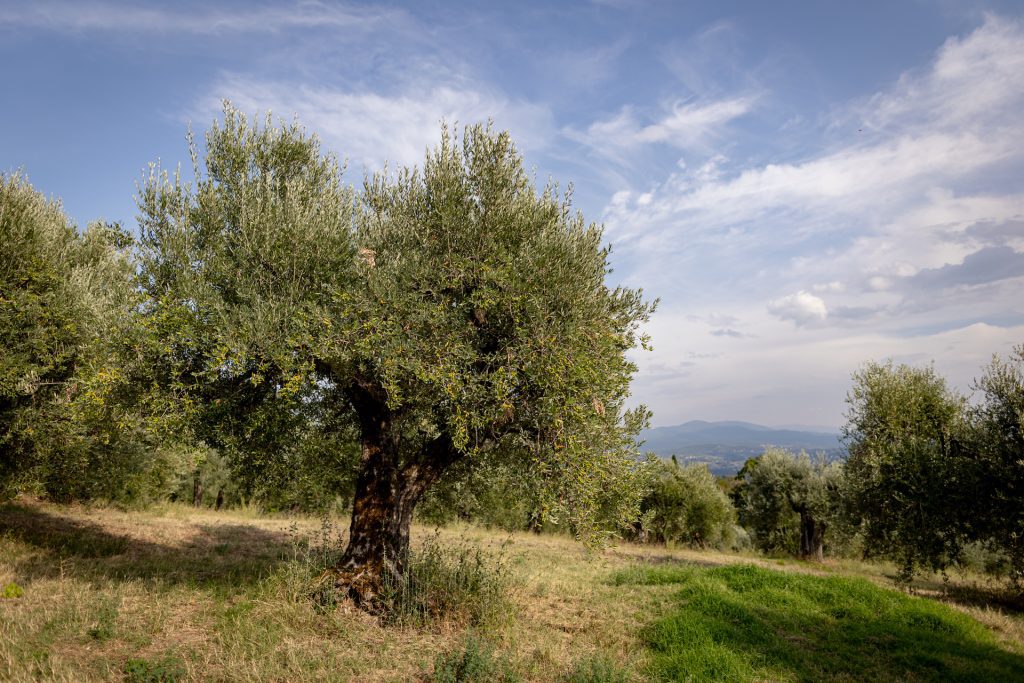
Where to stop to taste and appreciate the Amerino olive oil at its best.
The first recommendation to experience and taste Umbrian cuisine based on DOP Umbria Colli Amerini olive oil is to stop at theGeltrude Contessa’s olive grove, immersed in the green countryside of Amerino in the Cecanibbio area near Amelia. Here, you can ask the owner how to cook typical Umbrian recipes. She is happy to teach her guests and entertain them with sensory tastings that include food-oil pairings.
To best enjoy the oils from the Montecchio region, the suggestion is to stop at the Kilometro Zero Restaurant, which offers the Monocultivar Moraiolo oil.Ricci company on rare beef steak, on carpaccio, or on raw champignon mushroom salad with Grana cheese. For those who prefer seafood, Alessandro, the restaurant owner, recommends trying the grilled prawns or octopus with Melangolo, extra virgin olive oil infused with citrus, which the Ricci oil mill produces in a limited number of bottles. Also excellent is the filleted sea bream drizzled with a hint of Melangolo oil, which adds a special touch to a simple dish.
Where to stop and observe the American giants
There are two observation points from which you can see the wonderful olive trees along the Amerino itinerary: the first is the Hill of the centuries-old olive trees of Rajo and Moraiolo in Montecampano, where there is the highest concentration of giants of this native cultivar, highly resistant to cold and frost. In this area and the valley below, it has been particularly well preserved over the centuries, showing today a grouping of specimens with significant circumferences and heights, along with incredible sculptures and shapes.
The second observation point for the centuries-old Moraiolo and Frantoio olive trees is instead in Baschi, ascending the hill that skirts Lake Corbara and looking towards Montecchio. Here, the giants appear different from those of “Rajo” in terms of height and circumference, despite being roughly the same age. Observing them, you can perceive how exposure, terrain, and variety have influenced their resistance to cold and growth over the centuries, even within a few kilometers’ distance.
Along the path that sees them alternate and overlap, they are connected and remain united despite being different.
Why go
The Tiber River skirts the border between Lazio and Umbria, and along its banks lie villages nestled in greenery where it’s still possible to live a slow life, marked by the sound of church bells calling the village women to Holy Mass and once signifying the end of the day after tiring olive harvesting.
In these small villages, once fortified and closed to protect themselves, the essence of tradition is preserved and passed down, even at the dining table. You can taste the truffle enriching the food, the oil reminiscent of almond and artichoke flavors, prickling the throat to etch the taste and aroma into the memory of those passing through. All of this has always taken place along the Amerino oil route, flowing like a green stream under the watchful, silent gaze of the giant olive trees that mark its milestones. The memory still lives on, renewed each year with the olive harvest and pressing, with the long wooden ladders and hours spent bent beneath the trees gathering as much as possible to stock up for winter, awaiting the final celebration to dance and rejoice together, perhaps witnessing new loves bloom.
Throughout its long history, this hybrid border has often been hidden and never truly valued. Now, just raise your gaze and take a small detour from the main roads to be captivated by history and traditions, emotions and suggestions, and to experience and benefit from unique experiences that offer knowledge, authenticity, and excellent oils all waiting to be discovered along the path of centuries-old olive trees.
When to go
Every moment of the year is the right time to discover the centuries-old olive trees of Amerino, but spring and autumn are definitely the preferred seasons. In spring, along the route, you can admire the lush green holm oak forest and the olive trees alternating with sunflowers, wheat, or alfalfa. The scents follow one another, and the colors range from intense green to the brightest, transitioning to yellow. In autumn, on the other hand, nature’s triumph accompanies the harvest of olives, mushrooms, and truffles, and the changing colors transform the green sea of the holm oak forest into a wave moved by the wind the color of the sun, sometimes orange and then intense yellow.
From October to December, you experience the frenetic moment of the olive harvest, the scent of olives and freshly pressed oil wafting from the mill rooms and enveloping the alleys of the villages. Everyone is busy picking from early morning until dusk, and everywhere you meet tractors and carts full of small green fruits to be escorted to the mill as quickly as possible. It’s a whirlwind of emotions and frenzy mixed with euphoria and tiredness, culminating in festivals and celebrations of all kinds that liven up even the smallest towns on weekends. It’s the time of “Frantoi Aperti” (Open Mills) with events that attract visitors, lovers, and tasters of quality extra virgin olive oil, involved in musical evenings where you can taste and have fun in great company. The centuries-old olive trees are there, observing, participating, and their beauty remains unchanged throughout the seasons; they are always protagonists. In autumn, it’s their time to give their fruits, and in all the other seasons, their ever-lush and ever-green foliage is ready to tell their story and the story of those who have cared for them for centuries.
(*) Census of centuries-old olive trees – Aprol Terni and Cnr of Perugia
(**) Antonio Feliziani – Melezzole Tenaglie a heritage of history and culture
Alessandro Bartolomei – A century of village life


